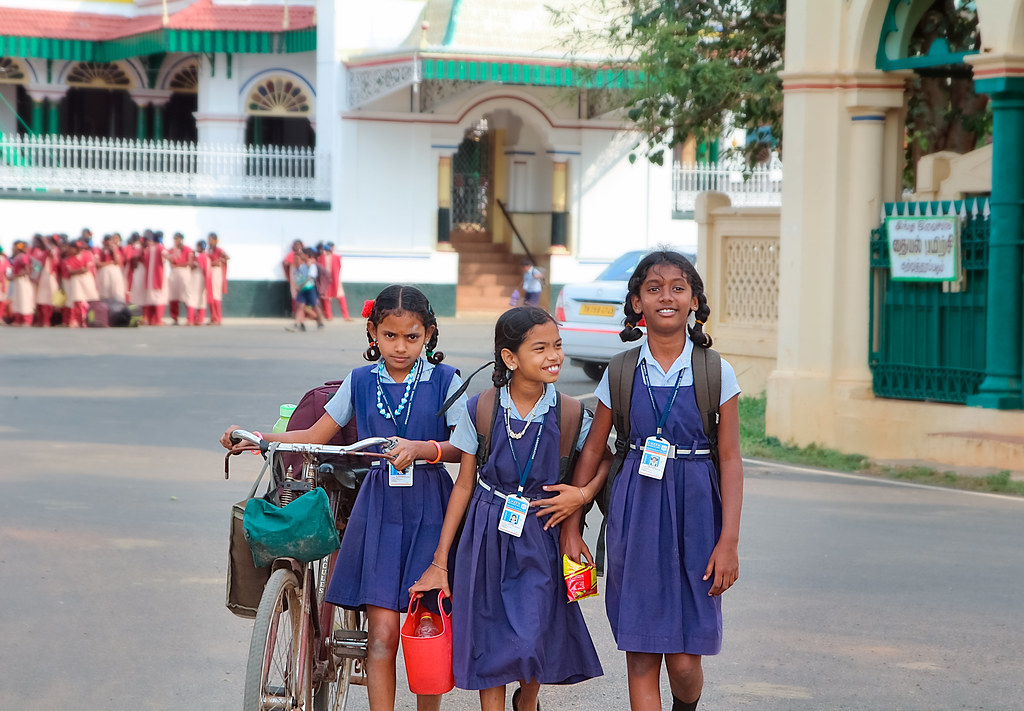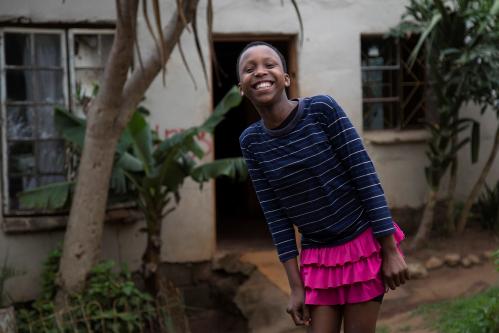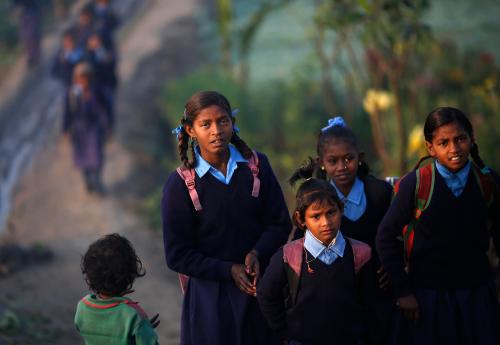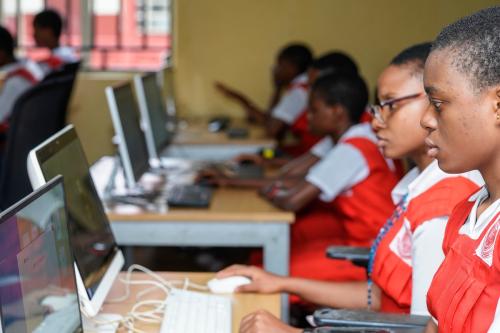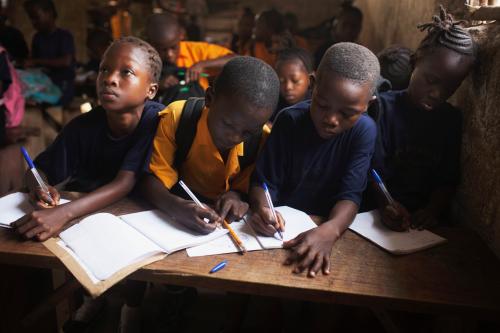India faces considerable education challenges: More than half of children are unable to read and understand a simple text by the age of 10, and disparities in learning levels persist between states and between the poorest and wealthiest children.
But, with a flourishing social enterprise ecosystem and an appetite among NGOs and policymakers for testing new solutions, India is playing a leading role in its use of innovative financing for development. One such innovative tool is an impact bond, a type of outcome-based financing structure where upfront capital is given to service providers by investors. While evidence on outcome-based financing in education—and impact bonds specifically—is still emerging, there are key lessons to be drawn for the application of such tools to education in India.
Impact bonds in India
Three impact bonds have been contracted in India to date, with two in the education sector. In the first—the Educate Girls Development Impact Bond (DIB)—the UBS Optimus Foundation provided upfront capital to Educate Girls to get out-of-school girls into the classroom and improve learning outcomes for boys and girls. After three years, the DIB had overachieved its enrollment and learning targets, and the investment was repaid by the Children’s Investment Fund Foundation (CIFF). See Table 1 for more details.
Table 1: Educate Girls DIB

The second project in education, the Quality Education India (QEI) DIB brings together four service providers—Gyan Shala, Kaivalya Education Foundation, the Society for All Round Development, and Educational Initiatives (Mindspark)/Pratham Infotech Foundation—to implement a range of interventions with the goal of improving learning outcomes over a four-year period through 2022. UBS Optimus Foundation provided upfront capital for the interventions, and if metrics are successfully achieved, the Michael and Susan Dell Foundation, together with a group of outcome funders convened by the British Asian Trust, will pay for the outcomes. See Table 2 for more details.
Table 2: Quality Education India DIB

The potential of impact bonds
For stakeholders interested in using impact bonds to solve education challenges in India, the evidence suggests that the motivation for using the tool should be carefully considered. For instance, impact bonds seem to be most suitable to services that are preventative in nature, have a strong need for adaptation to individual needs, and result in easily measured but meaningful outcomes.
Thus far globally, impact bonds have focused on building quality in existing education systems and targeting services to specific groups, rather than being used broadly for the provision of basic education. This is partly a reflection of the early stage of the impact bond market: Many existing deals have focused on testing the model and building knowledge. However, it also suggests that the most appropriate programs for impact bond financing are not experimental programs without an evidence base (since these will likely be unappealing to investors) nor well-established programs with demonstrated outcomes (since outcome funders may just want to pay for these outright). Rather, they are something in between, where there is enough risk or capacity-building needed to justify the engagement and repayment of investors. Ensuring that interventions effectively target the population in need will be crucial in the design phase, and further research will be needed to understand the costs and benefits of the tool.
Three factors will play an important role in the growth of outcome-based financing for education in India. Already these factors have been important for the Educate Girls DIB and the QEI DIB. In terms of the first factor—ready and able education providers—a landscape analysis of the service provider market in India for the QEI DIB found that some organizations were not open to adapting existing program models—one of the key hypothesized advantages of outcome-based contracting. As a result of the scoping of service providers, one of the most interesting features about the QEI DIB is the selection of four service providers offering different interventions. With respect to the second factor—the potential for technology to facilitate data collection—the Educate Girls DIB used a digital data dashboard to provide performance insights; the QEI DIB will include the delivery of Mindspark, a computer-based adaptive learning software, which offers real-time performance data to teachers. Finally, considering the third factor—government engagement—while the government has not yet played the role of outcome funder, the government was engaged with both the Educate Girls and QEI DIBs, with MOUs signed to provide access to government schools. Further engagement of government could mean greater scale and sustainability of outcome-based financing in India.
The report
This study seeks to place the existing education impact bonds in the context of the Indian education landscape, and to investigate the overall potential and limitations of outcome-based financing for education in India. While there is unlikely to be one solution to India’s education challenges, impact bonds and outcome-based financing offer the opportunity to focus financing on impact, to promote the most effective education interventions and service providers, and to reinforce decisionmaking around data and evidence.


